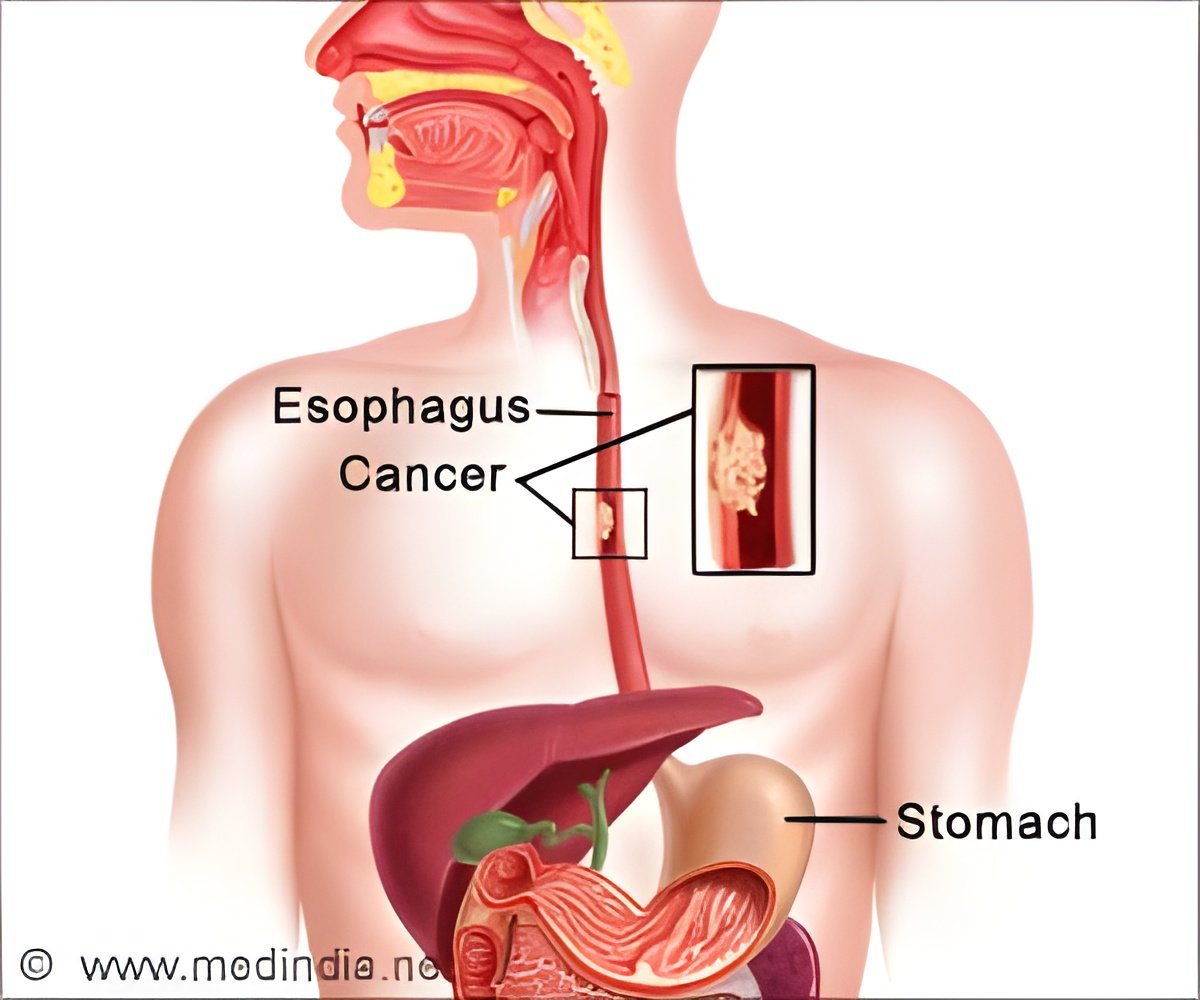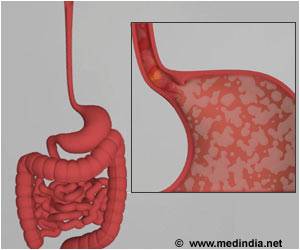China's early diagnosis and treatment of esophageal cancer are improving, but challenges remain. Advances in screening and therapies offer hope for better outcomes.

The Current Status and Prospects of Early Diagnosis and Treatment of Esophageal Cancer in China
Go to source) China's geographical distribution of esophageal cancer risk, concentrated in regions like the Taihang and Dabie Mountains and northern Sichuan, has spurred targeted screening efforts. Since 2005, national initiatives have focused on endoscopic screening in high-risk areas, leading to positive results. However, despite these efforts, the overall decline in incidence and mortality rates remains slow.
‘#Esophagealcancer continues to be a significant public health issue in China. Effective screening strategies are crucial for early detection and improved outcomes. #China’





The primary goal of esophageal cancer screening is early detection, particularly of early-stage cancer or esophageal intraepithelial neoplasia. Early identification facilitates timely intervention and treatment, significantly improving patient survival rates and quality of life. Research indicates that early diagnosis can increase the five-year survival rate to over 95%, demonstrating the critical importance of screening. Screening programs have been shown to reduce the incidence and mortality rates of upper gastrointestinal cancers significantly, underscoring the potential benefits of early detection. Key Risk Factors for Esophageal Cancer in China
In China, squamous cell carcinoma (SCC) is the predominant type of esophageal cancer, with several risk factors contributing to its incidence. These include smoking, alcohol consumption, consumption of hot or red foods, poor oral hygiene, and insufficient intake of fresh fruits and vegetables. Additional factors such as family history, human papillomavirus (HPV) infection, gastric mucosal atrophy, and a history of head and neck SCC further increase the risk. Although esophageal adenocarcinoma is less common in China, it is associated with risk factors like smoking, obesity, gastroesophageal reflux disease, and Barrett's esophagus. Given these risk factors and China's demographic profile, screening is recommended for individuals aged forty and above, particularly those in high-incidence areas or with specific high-risk characteristics.Current screening methods for esophageal cancer in China include endoscopy, exfoliative cytology, and biomarker detection. Traditional endoscopic techniques, such as white-light endoscopy, have been the mainstay of screening. However, advanced technologies like chromoendoscopy, magnifying endoscopy, and endoscopic ultrasound are gaining traction. These techniques offer enhanced visualization of mucosal surfaces and can improve the accuracy of early cancer detection. Despite their advantages, these methods are not widely adopted at the grassroots level due to high costs and technical complexities.
Innovations in esophageal cancer screening include artificial intelligence-assisted methods, which enhance the accuracy and efficiency of diagnosis. The use of artificial intelligence in analyzing cytological samples collected by advanced esophageal cell collectors represents a significant improvement over traditional methods. Additionally, new endoscopic technologies, such as magnetic capsule endoscopy and confocal laser microscopy, are being explored for their potential to improve patient comfort and screening accuracy. However, these technologies are currently limited by high costs and a lack of comprehensive prospective studies.
The continuous development and implementation of advanced screening technologies are crucial for improving early detection rates and patient outcomes. With ongoing advancements and reduced research and development costs, these new technologies are expected to become more widely accessible, providing more efficient and convenient screening options for esophageal cancer in China.
Advertisement
- The Current Status and Prospects of Early Diagnosis and Treatment of Esophageal Cancer in China - (https://www.xiahepublishing.com/2835-3315/CSP-2024-00012)















